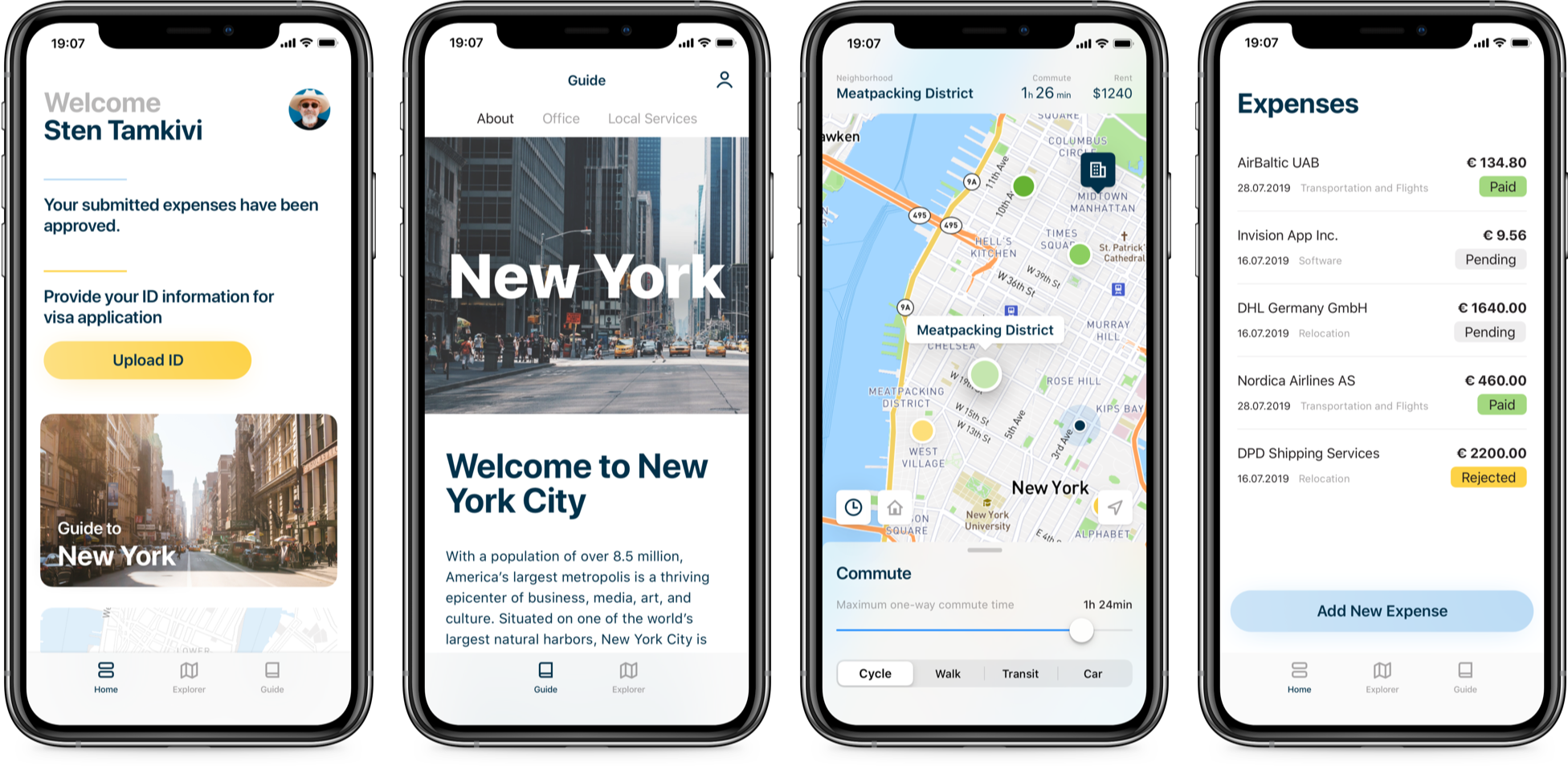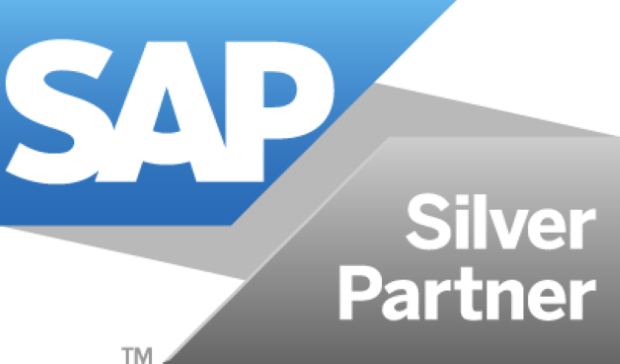
Do you need employee location tracking? Compliance considerations for your newly distributed workforce.
HR is facing a new challenge with unprecedented and likely persistent levels of remote and distributed workers.
When COVID-19 ballooned to global proportions, many HR practitioners were pulled in to the exercise of locating where their employees were, ensuring their safety, and, if necessary, relocating them out of COVID hotspots.
Now the question of “where are my people and are they safe” shifts to include “where are employees working from and how do I stay compliant with this new normal?”
It’s no shock that giving employees the flexibility to work anywhere opens up compliance concerns, but in order to stay ahead of a potential compliance nightmare, HR, finance, and payroll teams need a technology solution that helps monitor employee location to ensure safety and regulatory compliance.
Compliance Concerns with Distributed Workforces
The pressure on governments to adjust to new ways of doing business and recoup tax revenue to pay for COVID protective policies is coming into sharp focus.
New legislation in relation to the OECD’s BEPS initiatives and GRI revisions will impact compliance topics such as Permanent Establishment (PE). Other influences such as Brexit and Posted Workers Directives drive material changes in business obligations that will result in penalties for non-compliance. These regulations combined with newly proposed taxes are requiring executives to pay closer attention to where employees are working and what work they are performing.
When you multiply these concerns across hundreds or even thousands of employees the magnitude of complexity involved in managing these concerns becomes quite obvious.
Technology Can Help
HR, finance, payroll, and compliance teams have been tackling these types of problems for years using manual methods. But ask anyone involved in manually determining multijurisdictional payroll withholding how simple or scalable it is, and you’ll probably get a good laugh in response.
Thankfully, technology solutions exist that enable HR teams to proactively track and manage global employee footprint all in the name of remaining compliant with local and global regulations. Integrated solutions flag where employees have been, and where they’re going, to proactively alert if taxes need to be withheld or if there is PE/Nexus risk. The same data can be used to identify if an employee has been in COVID hotspot.
This can be done with apps that run in the background of an employee smartphone or laptop or by pulling data from other systems such as T&E or HR platforms. And by automating and integrating this process it makes it scalable for even the largest distributed workforce.
Maintaining Privacy
The mention of “employee tracking” can throw big red warning flags for many. However, unlike “productivity software” that grabs screenshots or turns on webcams to see if an employee is at their desk, monitoring employee location for safety and compliance purposes can be done unobtrusively and respecting employee privacy.
For starters, location information should be routed up to the jurisdictional level. No employer needs to know if an employee is working from the cafe on the corner of Hyde Park, just that they were working in the UK. Second, employees can and should be able to turn off location tracking when on personal holiday or the weekends. Lastly, all applications should be employee opt-in and clearly explain how the data is used, stored, and interpreted.
COVID-19 has shown remote and distributed workforces are a viable way to get work done and is here to stay. Enabling HR teams with the right technology to manage this new world of work will create a competitive advantage as opposed to another burden placed on HR teams without the right support.
Topia offers technology solutions to leverage distributed workforces while remaining compliant and protecting employees and businesses. Learn more here.


